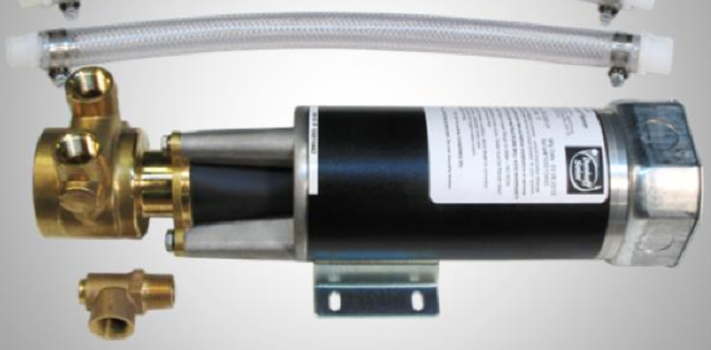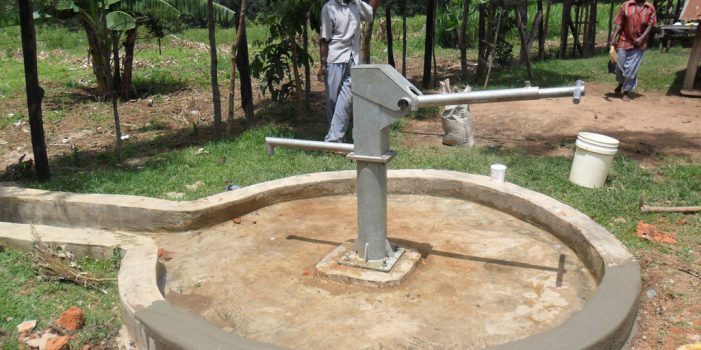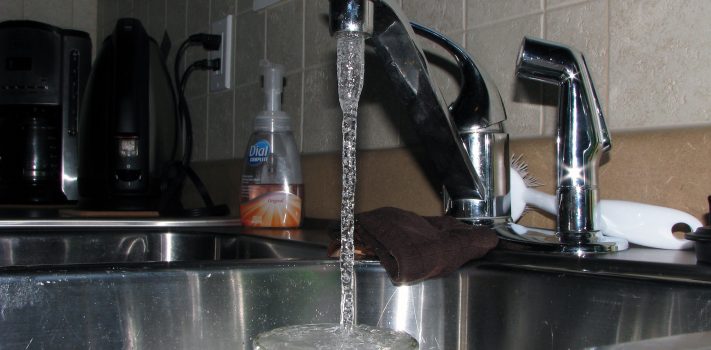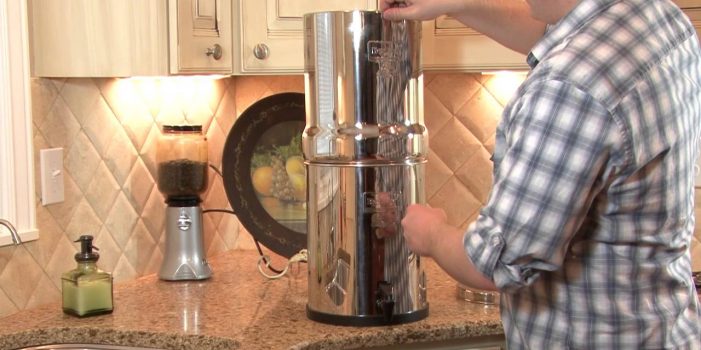My Solar-Powered Dankoff Slow Pump System – Part 2, by Tunnel Rabbit
…kill plants as well as my goldfish that were eating the mosquito larvae in the water troughs I had placed under the barn eaves to collect rainwater and the nightly dew running off during the summer. Bottom line is that I cannot drink or water plants with barn roof water, but it is still good for fire control and washing stuff that doesn’t touch food or our septic system. I have irrigation water coming from a district pipeline, and a tiny reservoir on our property. Our water well is only 55 feet deep. Glad I prepared redundancy because the neighbor broke the main irrigation transmission line and it was out of water for 10 days this summer. I used a 100 foot hose to siphon water from our reservoir for the garden and young trees, keeping a cheap ball valve on the downstream end to turn water on and off,…





